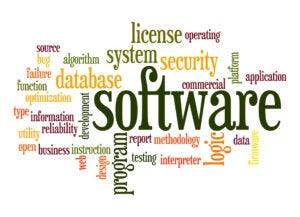July 26, 2022

Cell and gene therapy developers need better ways of validating flow cytrometry software according to researchers who say synthetic datasets could help improve product quality.
The comments were included in a study published in March that looked at the current state of flow cytometry data analysis tools used in the cell and gene therapy.
The key finding was that the lack of standard validation methods means many manufacturers rely on subjective assessments.

Image: Stockphotoscrets
“Characterization of ATMPs by automated flow cytometry data analysis software have the potential to improve the quality, repeatability, and robustness of biomanufacturing processes by reducing operator variation as a function of subjective manual gating of clustered data.
“However, the lack of clarity in how these software derived outputs from inputs, coupled with the absence of toolsets for software validation and standardization, potentially restricts their implementation by the manufacturing community.”
They added that “In addition, it presents challenges from a clinical and regulatory perspective” citing the lack of reproducibility as a major issue for organizations like the US FDA and EMA.
Synthetic data
The researchers used synthetic data sets to calibrate flow cytometry tools to assess the accuracy and reproducibility of six commonly used population identification tools, each of which implement different unsupervised clustering algorithms.
And the key conclusion is that cell and gene therapy firms can use the approach to determine the degree of variability between different flow cytometry technologies.
The authors wrote “We found that outputs from software analyzing the same reference synthetic dataset vary considerably and accuracy deteriorates as the cluster separation index falls below zero.
“These findings illustrate how novel flow cytometry synthetic datasets can be utilized to validate a range of automated cell identification methods, leading to enhanced confidence in the data quality of automated cell characterizations and enumerations.”
They added that “There is potential for the development of synthetic digital reference materials to provide assurances in advanced analytical methods, leading to enhanced measurement confidence in ATMPs.”
About the Author
You May Also Like



